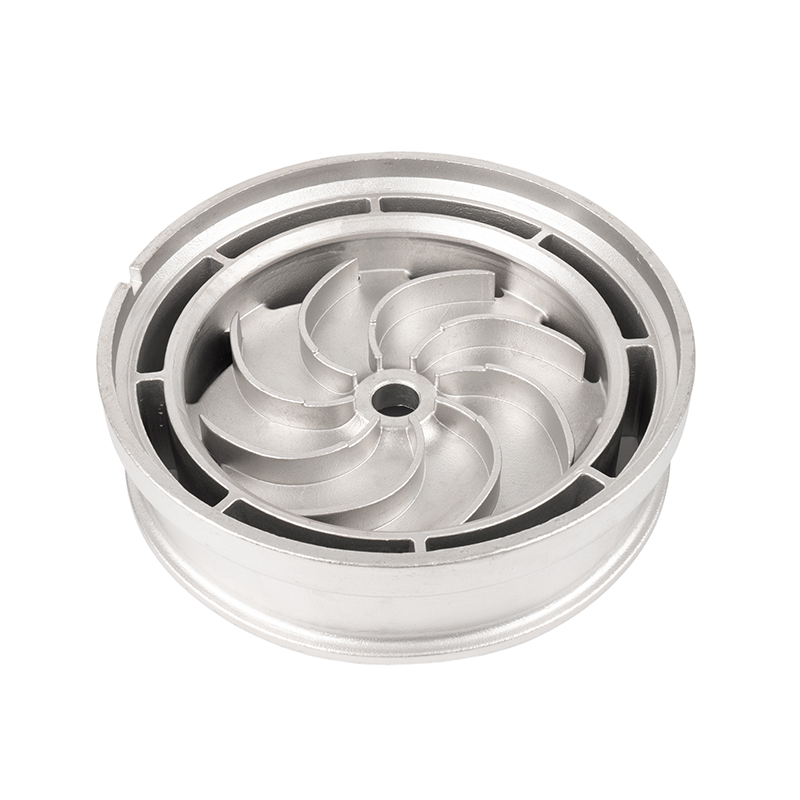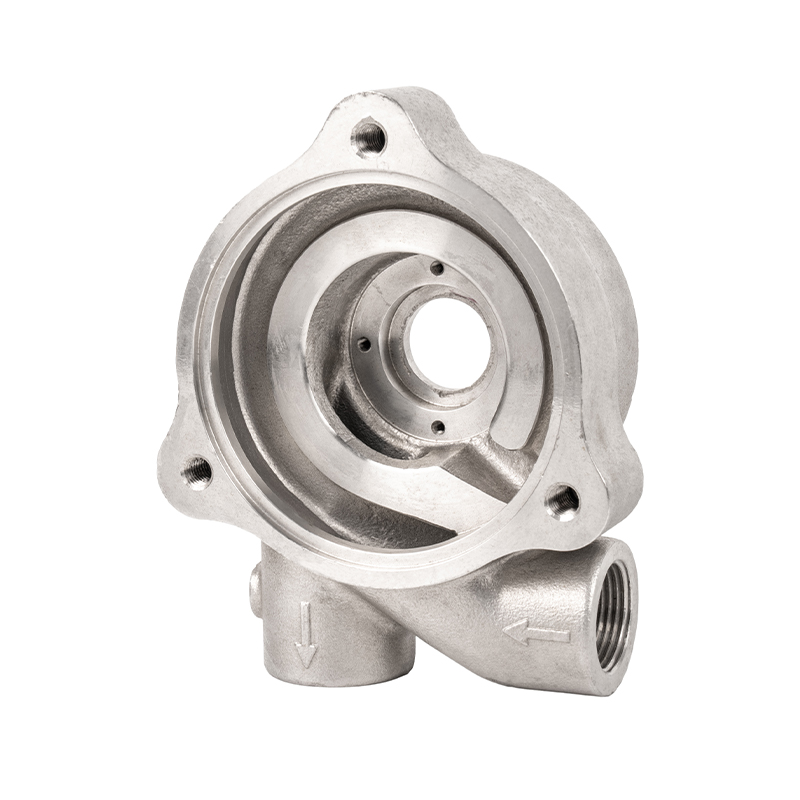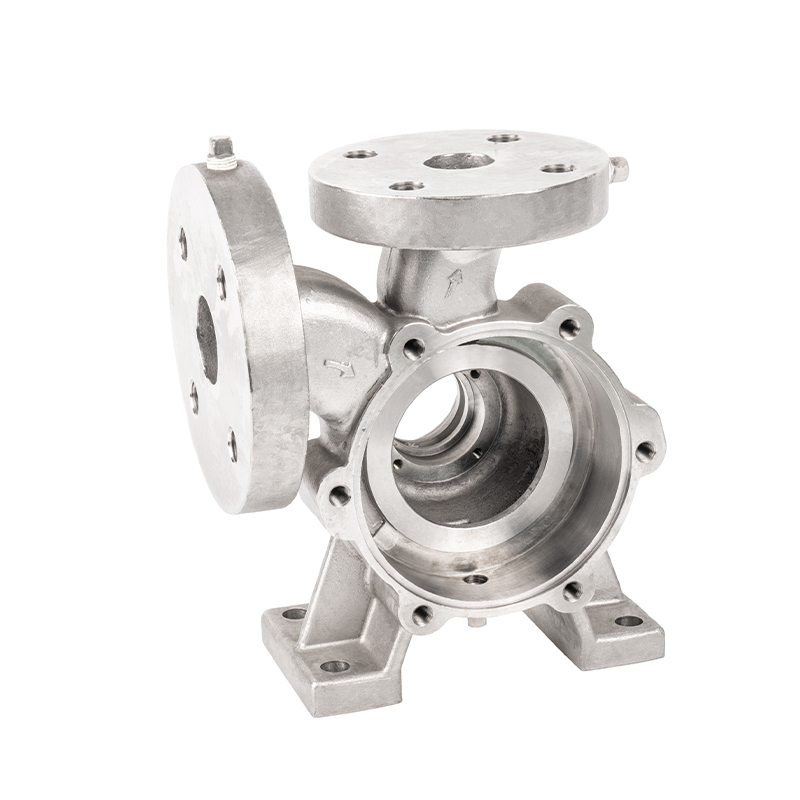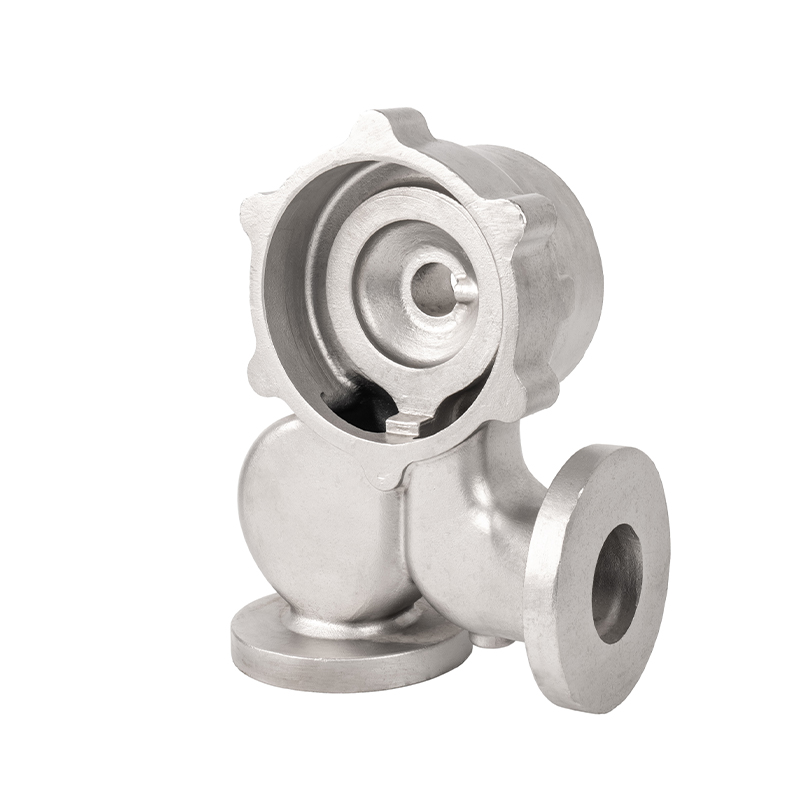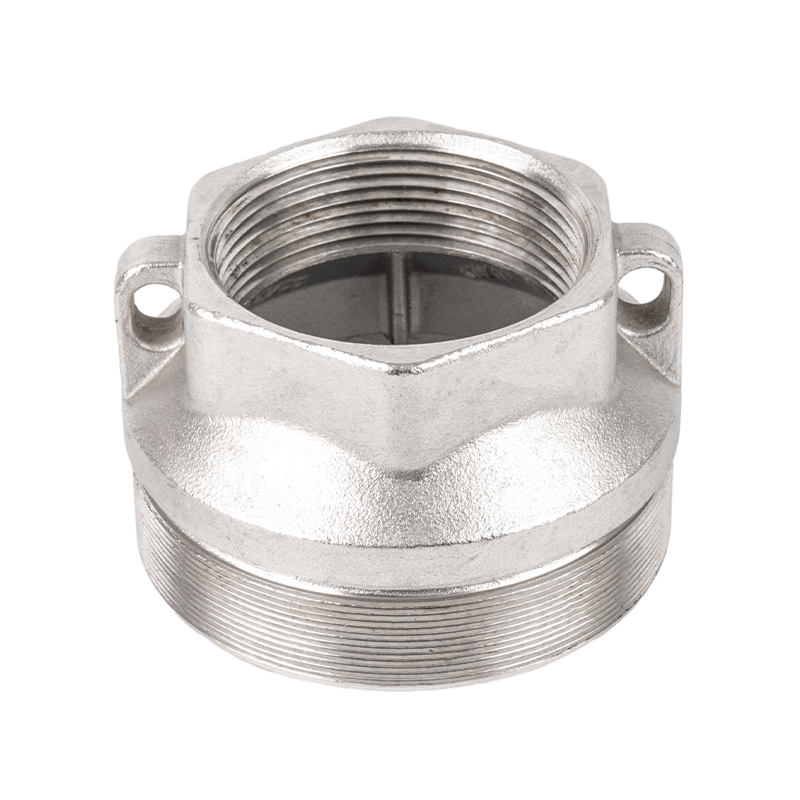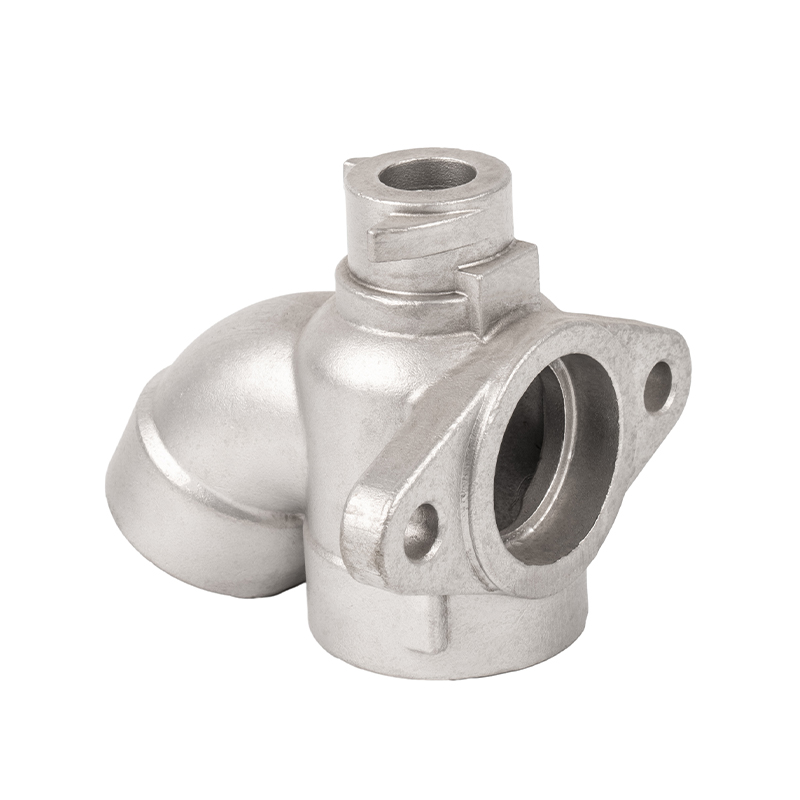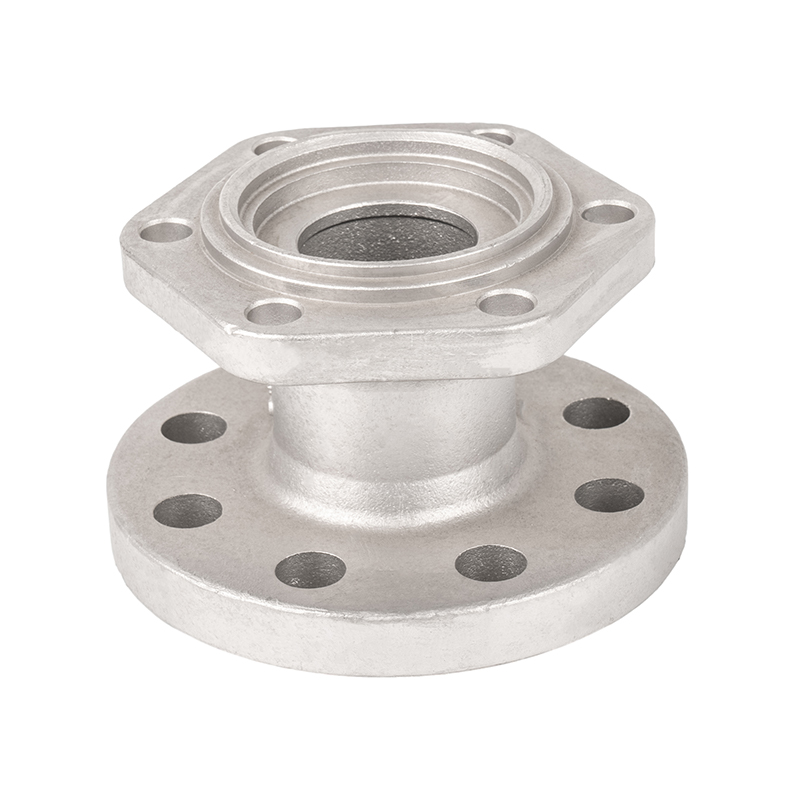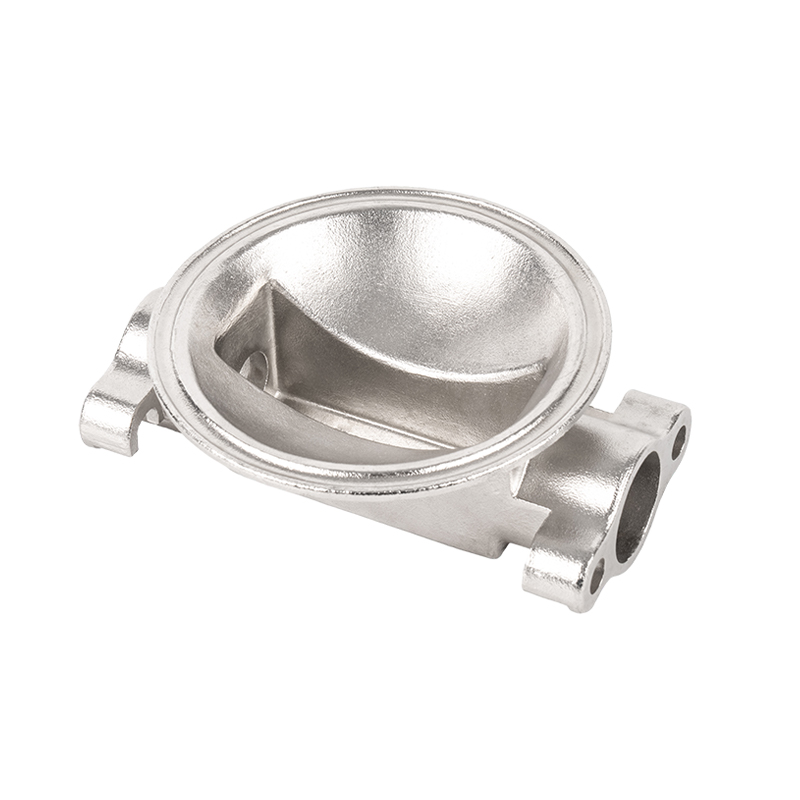How Automatic Shopping Cabinet Castings Reduce Energy, Water and Waste
Detailed Control of Energy Consumption in the Melting Process
Melting, as the most energy-intensive step in the casting process, is the primary target for achieving energy savings and emission reduction.
Selection of High-Efficiency Melting Equipment: Use advanced medium-frequency induction furnaces to replace traditional coal- or gas-fired furnaces. Electric furnaces offer higher thermal efficiency and can significantly reduce exhaust emissions from fuel combustion, particularly sulfur oxides (SOX) and nitrogen oxides (NOX). By optimizing the operating power and frequency of the furnace, the melting temperature can be precisely controlled to avoid wasteful overheating.
Charge Optimization and Preheating Technology: In die casting or low-pressure casting, efficient preheating of aluminum alloy and other charges is achieved. Using waste heat recovery systems to recycle heat from smelting exhaust gases or cooling water for charge preheating significantly shortens melting time and reduces energy consumption per unit product.
Rapid Melting and Holding Technology: Advanced holding furnace technology is used to minimize heat loss during pouring. A precise temperature control system, combined with high-quality insulation materials, ensures that the molten metal remains at the optimal pouring temperature, avoiding repeated heating due to temperature fluctuations.
Efficient Water Circulation and "Zero Emissions"
The cooling process in the casting process places a high demand on water resources. The key to green casting lies in building an efficient water circulation system to reduce water consumption.
Closed Cooling Water Circulation System: Closed-loop cooling is implemented for molds, hydraulic systems, and melting equipment. The cooling water undergoes professional water treatment to remove suspended matter and ionic impurities, ensuring stable water quality for reuse in cooling. This minimizes fresh water usage and reduces the water footprint.
Zero Wastewater Discharge Treatment: Membrane filtration and evaporation concentration technologies are used to deeply purify the small amount of unavoidable wastewater, achieving cascade utilization. The ultimate goal is to achieve near-zero discharge of production wastewater and protect the local water environment.
Cooling Tower Efficiency Improvement: Optimizing cooling tower design and operation ensures water cooling efficiency and reduces cooling water loss during evaporation.
Resource Utilization of Waste and Solid Waste
The casting process at Automatic Shopping Cabinet Castings generates solid waste such as slag, waste sand, waste molds, and cutting chips.
Internal Recycling of Casting Scrap: In the die-casting process, scrap castings, such as sprues, risers, and flash, account for a significant proportion. This scrap must be 100% recycled internally. Through professional sorting, cleaning, and remelting, it is transformed into qualified furnace charge. This not only reduces waste emissions but also significantly lowers raw material procurement costs.
Resource Utilization of Slag: Slag generated during the smelting process requires specialized harmless treatment. For lightweight slag, such as aluminum alloy slag, specialized techniques can be used to separate and purify residual metals. The remainder can then be used as construction material or road fill, achieving resource utilization.
Treatment of Waste Sand and Dust: If sand casting is used, waste sand should be cleaned and recycled through regeneration technology. Furthermore, dust generated during the smelting and cleaning processes must be collected using high-efficiency bag filters, analyzed for composition, and classified for recycling or stabilization to ensure that all particulate matter emissions meet the strictest environmental standards.


 English
English Español
Español русский
русский 中文简体
中文简体

